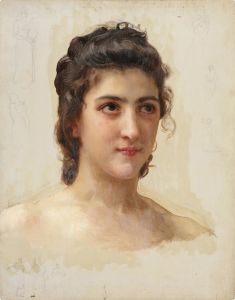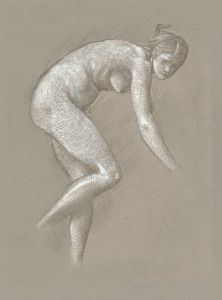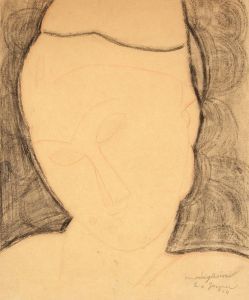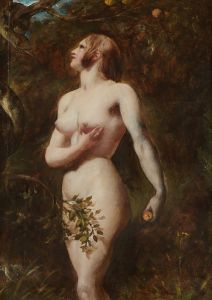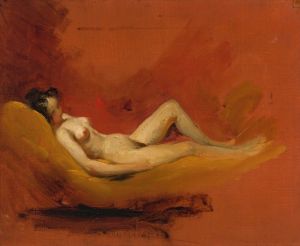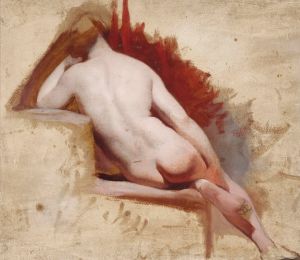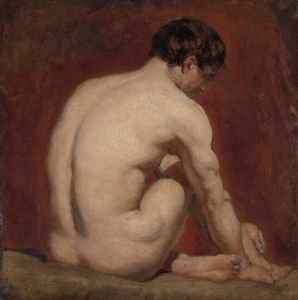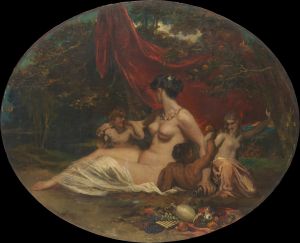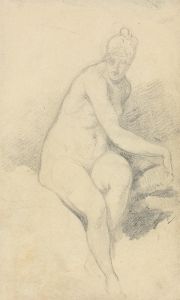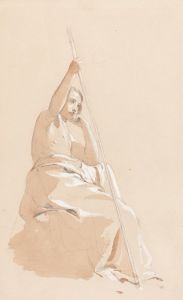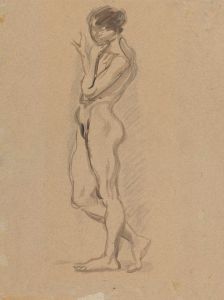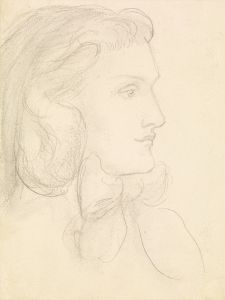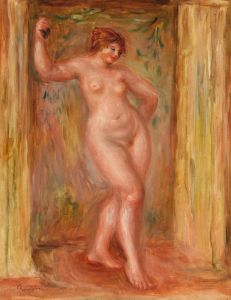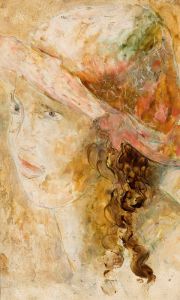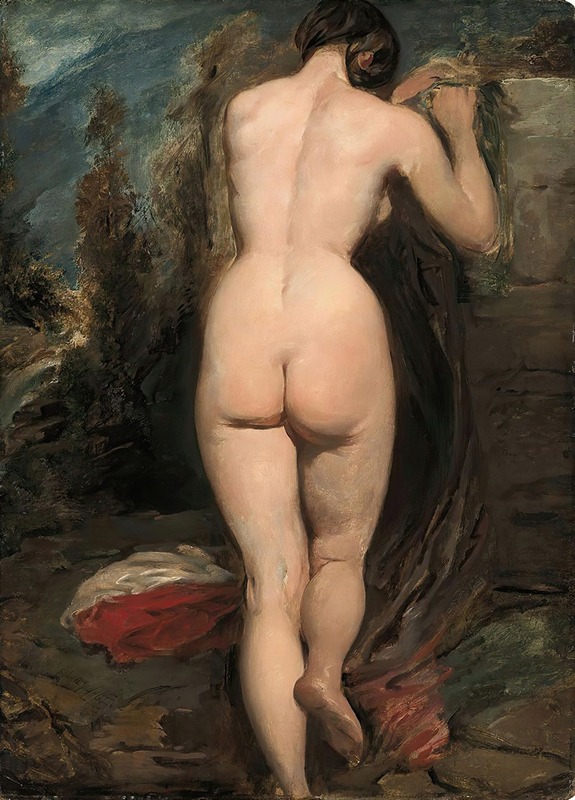
Female nude, seen from behind
A hand-painted replica of William Etty’s masterpiece Female nude, seen from behind, meticulously crafted by professional artists to capture the true essence of the original. Each piece is created with museum-quality canvas and rare mineral pigments, carefully painted by experienced artists with delicate brushstrokes and rich, layered colors to perfectly recreate the texture of the original artwork. Unlike machine-printed reproductions, this hand-painted version brings the painting to life, infused with the artist’s emotions and skill in every stroke. Whether for personal collection or home decoration, it instantly elevates the artistic atmosphere of any space.
"Female Nude, Seen from Behind" is a painting by the British artist William Etty, who was renowned for his depictions of the human form, particularly nudes. Etty, born in 1787 in York, England, was one of the first significant British artists to focus extensively on the nude figure, a subject that was often controversial in his time. He studied at the Royal Academy of Arts in London and was influenced by the works of the Old Masters, especially the Venetian painters such as Titian and Rubens, whose use of color and form he admired and emulated.
The painting "Female Nude, Seen from Behind" exemplifies Etty's skill in rendering the human body with a keen sense of realism and sensitivity. The work depicts a female figure from behind, showcasing Etty's mastery in capturing the subtleties of human anatomy and the play of light on skin. The composition is noted for its delicate balance and the way it draws the viewer's eye across the canvas, emphasizing the natural curves and contours of the body.
Etty's approach to the nude was both artistic and academic. He believed in studying the human form rigorously, often working from live models to ensure accuracy and vitality in his depictions. This dedication to realism was part of a broader movement in 19th-century art that sought to elevate the status of the nude as a legitimate subject for serious art, akin to historical or religious themes.
Despite his technical prowess, Etty's work often faced criticism and controversy. In the conservative Victorian society of his time, the depiction of nudity was frequently met with moral outrage. Critics accused Etty of indecency, and his paintings were sometimes labeled as indecorous or inappropriate for public exhibition. Nonetheless, Etty defended his work, arguing that the beauty of the human form was a worthy subject for art and that his intentions were purely artistic.
"Female Nude, Seen from Behind" is a testament to Etty's belief in the aesthetic and educational value of the nude. The painting reflects his commitment to capturing the beauty and complexity of the human body, and it stands as an example of his broader artistic philosophy. Etty's work paved the way for future generations of artists to explore the nude figure without the same level of societal backlash.
Today, Etty is recognized as a significant figure in British art history, and his works are appreciated for their technical skill and their role in challenging the artistic norms of his time. "Female Nude, Seen from Behind" remains an important piece within his oeuvre, illustrating both his artistic talent and his contribution to the acceptance of the nude as a subject in British art.





